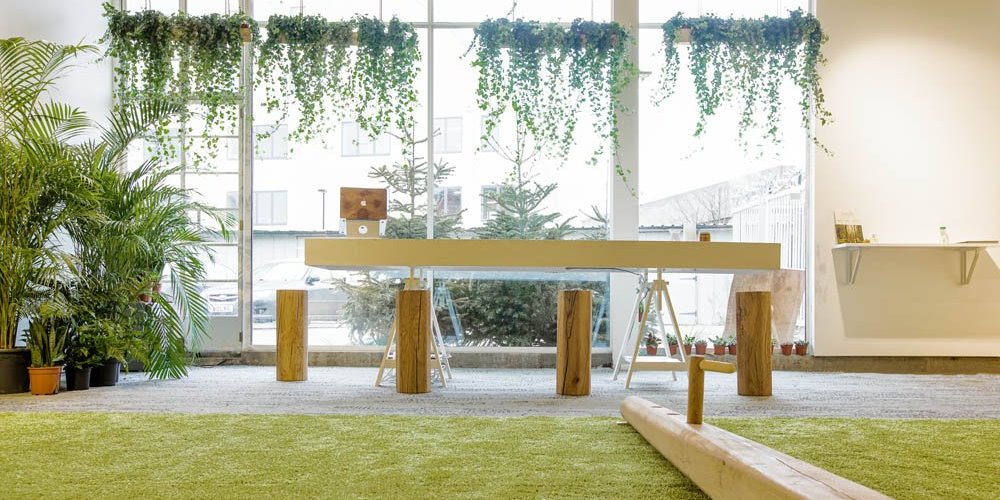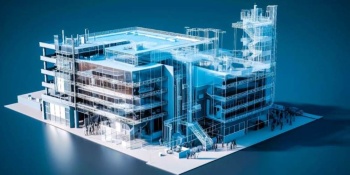Embracing Biophilic Architecture: A Vital Trend for 2025

29 Ιουλίου 2025

Biophilic design—integrating nature into architecture—has gained remarkable momentum in 2025. As urbanization intensifies and mental fatigue rises, architects are leaning into designs that reconnect humans with natural elements. This isn’t just a visual preference; it’s a profound shift in our relationship with built environments.
Why Biophilic Design Matters
Scientific research supports what we instinctively feel: exposure to nature reduces stress, increases productivity, and improves overall well-being. A study from Thermory reports significant gains in mood regulation and air quality through indoor greenery. Moreover, biophilic spaces have been shown to boost cognitive function and accelerate recovery in healthcare settings.
In commercial projects, the return on investment is clear. According to Kellert’s framework, integrating natural light, vegetation, and organic materials can enhance employee satisfaction and reduce absenteeism. Office environments in Tokyo and Manhattan, where green walls and plant-filled “nests” are central, illustrate how professional spaces are evolving into wellness-enhancing ecosystems.
EXPLORE ALL BIM TRAINING OPPORTUNITIES BY UDC TRAINING CENTER
Core Principles of Biophilic Design
Direct Connection to Nature: Incorporating foliage, water features, and natural light mimics outdoor environments within interiors.
Natural Materials & Colors: Wood, stone, and earth-tone palettes evoke warmth and comfort, creating a sensory link to the outdoors.
Organic Forms: Curved lines and biomorphic shapes reflect natural geometries, countering rigid rectilinear architecture.
These principles are becoming the standard toolkit for firms aiming to deliver architecture that nurtures mind and body.
Industry Drivers and Market Needs
Clients increasingly demand sustainable, health-focused environments. Data shows that biophilic design can reduce energy use and improve air quality—features highly valued in commercial and healthcare architecture. Green certifications and wellness ratings are rising in importance, compelling firms to integrate nature-based solutions early in the design process.
EXPLORE ALL BIM TRAINING OPPORTUNITIES BY UDC TRAINING CENTER
Moreover, regulatory bodies in progressive regions like Singapore are even offering subsidies for green facades and rooftop greening—an incentive that fosters large-scale adoption.
Practical Examples in 2025 Projects
- Offices: Indoor plant columns, moss walls, and sunlight skylights that optimize circadian rhythms and occupant comfort.
- Public Spaces: Community gardens, water features, and nature-integrated play areas are being woven into urban planning.
- Residential Buildings: Balcony gardens and passive ventilation systems connect inhabitants with climate and seasons, fostering healthier living.
Why Architects Should Focus on Biophilia
BIM-integrated biophilic strategies enable architects to simulate natural light, airflow, and plant growth over time, integrating sustainability into every phase. With growing client appetite for wellness-centered environments, biophilic fluency becomes an essential competitive skill.
In a profession defined by innovation, embracing biophilia enhances both human health and environmental performance. As architects design the cities of tomorrow, the challenge is not just constructing buildings—but creating ecosystems for well-being.
 Ελληνικά
Ελληνικά  English
English



